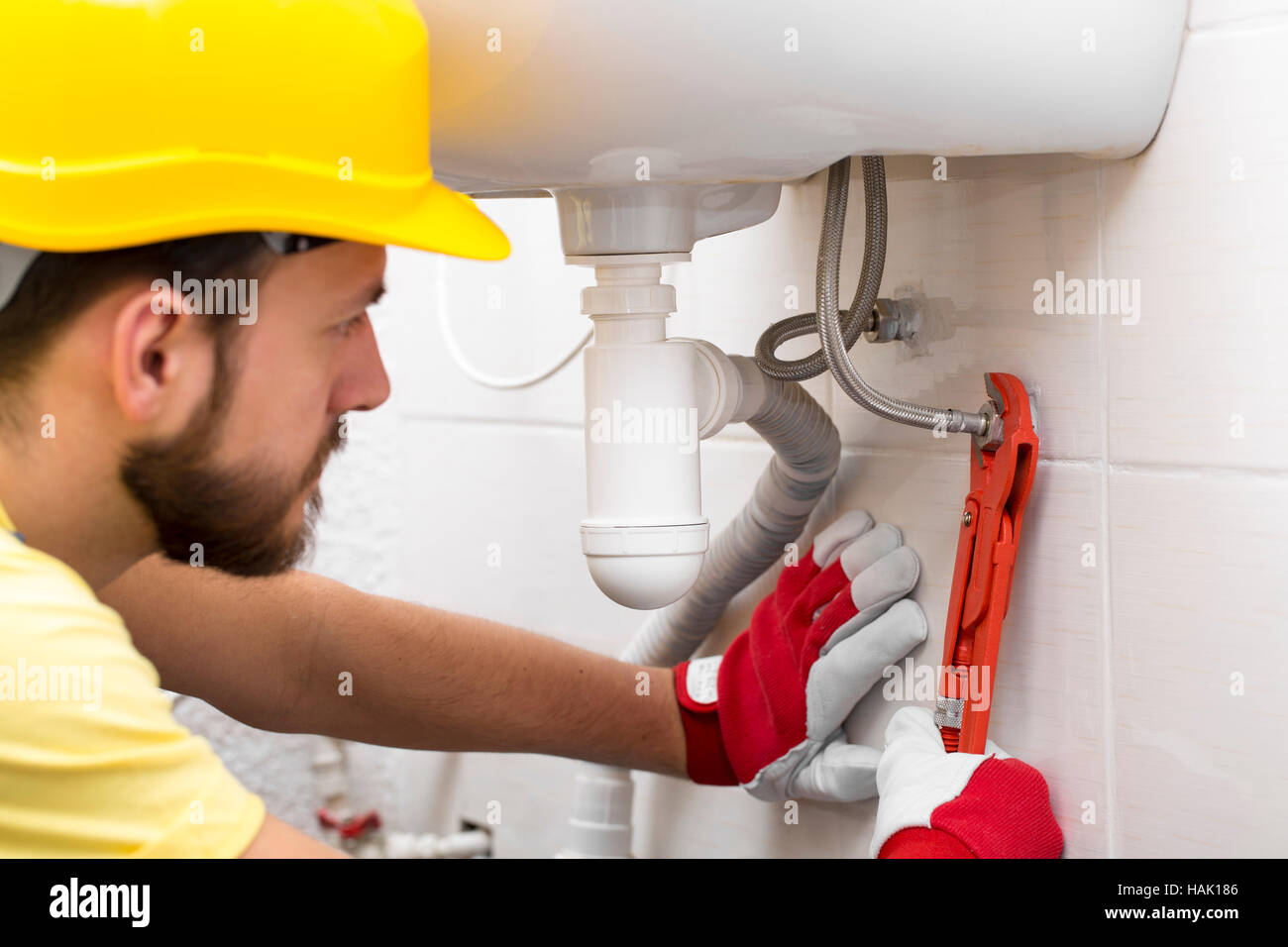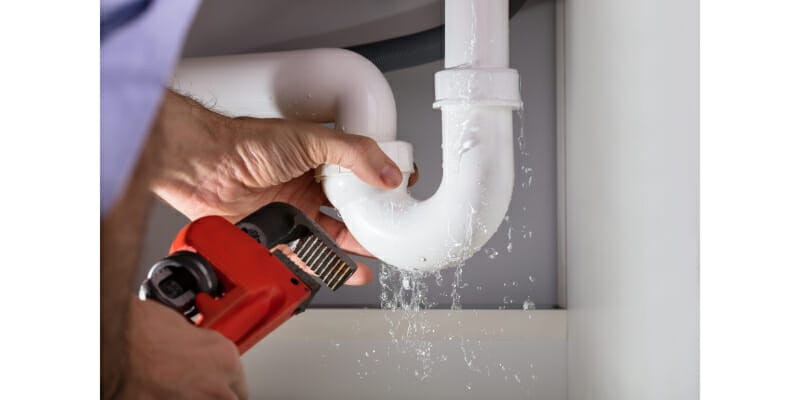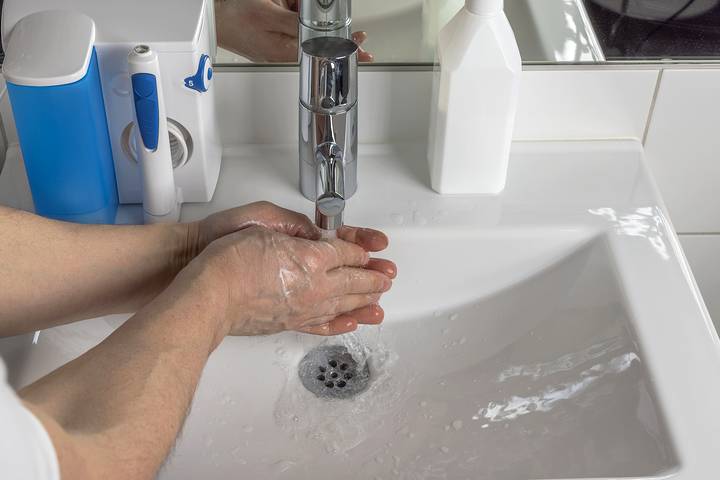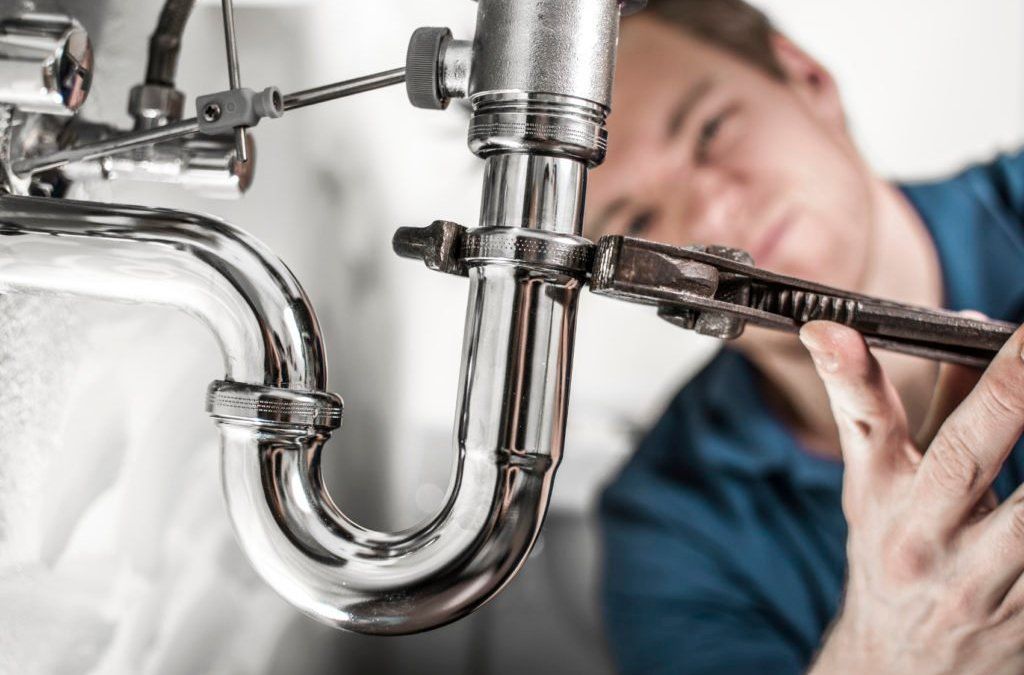Fixing a Bathroom Sink Pipe: 10 Helpful Tips
Dealing with a faulty bathroom sink pipe can be a major inconvenience, not to mention a potential source of water damage. Whether you're faced with a leak, clog, or other issue, it's important to address the problem as soon as possible to avoid further damage. Luckily, with the right tools and know-how, fixing a bathroom sink pipe is a task that can be tackled by most homeowners. In this article, we'll share 10 helpful tips to guide you through the process and get your sink back in working order.
How to Fix a Leaky Bathroom Sink Pipe
A leaky bathroom sink pipe is a common problem that can be caused by a variety of issues, such as loose connections, cracks, or corrosion. The first step in fixing a leak is to identify the source. Start by examining the pipes under the sink and checking for any visible leaks. If you can't find the source, try pouring some colored water down the drain and see where it comes out. Once you've located the leak, you can move on to fixing it.
DIY Bathroom Sink Pipe Repair: Step-by-Step Guide
Many minor bathroom sink pipe issues can be fixed with some DIY know-how and a few basic tools. To start, turn off the water supply to the sink and place a bucket under the pipes to catch any excess water. Then, disassemble the affected area, clean it thoroughly, and replace any damaged or worn parts. It's important to follow the manufacturer's instructions and use the appropriate materials for your specific type of sink pipe.
Common Problems and Solutions for Bathroom Sink Pipes
There are a few common problems that can occur with bathroom sink pipes, such as clogs, leaks, and corrosion. Clogs can often be solved with a plunger or drain cleaner, while leaks may require replacement of a damaged or worn component. Corrosion can be prevented by regularly cleaning and maintaining your pipes. It's important to address these issues promptly to avoid more serious problems down the line.
Tools You'll Need for Fixing a Bathroom Sink Pipe
Before you start fixing your bathroom sink pipe, it's important to gather all the necessary tools. These may include a wrench, pliers, pipe cutter, plumber's tape, and replacement parts. It's also a good idea to have some rags or towels on hand to clean up any spills or excess water. Having the right tools will make the process much smoother and help you avoid any unnecessary trips to the hardware store.
How to Replace a Bathroom Sink Pipe
In some cases, a damaged or worn pipe may need to be replaced entirely. This may seem like a daunting task, but with the right tools and instructions, it can be done easily. Start by turning off the water supply and removing the old pipe. Then, measure the replacement pipe and cut it to the appropriate length. Use plumber's tape and a wrench to secure the new pipe in place. Finally, turn the water supply back on and check for any leaks.
Preventing Future Issues with Bathroom Sink Pipes
The best way to avoid dealing with bathroom sink pipe problems is to prevent them from happening in the first place. Regular maintenance and cleaning can go a long way in keeping your pipes in good condition. This may involve using a drain cleaner every few months, checking for leaks, and keeping the area under your sink clean and dry. It's also important to address any small issues before they become major problems.
Troubleshooting Tips for Bathroom Sink Pipe Problems
If you're experiencing issues with your bathroom sink pipes, it can be helpful to troubleshoot the problem before attempting to fix it. Some common troubleshooting tips include checking for clogs, tightening loose connections, and ensuring all parts are properly aligned. If you're unsure of the cause of the problem, it's always best to consult a professional plumber to avoid causing further damage.
Professional vs. DIY: When to Call a Plumber for Bathroom Sink Pipe Repair
While many bathroom sink pipe issues can be fixed with some DIY techniques, there are some instances where it's best to call in a professional plumber. If you're dealing with a major leak, a complicated clog, or are unsure of how to fix the issue, it's best to leave it to the experts. Additionally, if you're not comfortable working with plumbing or don't have the necessary tools and experience, it's always a good idea to hire a professional to ensure the job is done correctly.
Costs of Fixing a Bathroom Sink Pipe: What to Expect
The cost of fixing a bathroom sink pipe can vary depending on the severity of the issue and whether you choose to hire a professional or tackle the task yourself. Minor repairs may only cost a few dollars for replacement parts, while more extensive issues may require the help of a plumber, which can cost several hundred dollars. It's important to budget accordingly and factor in the costs of any necessary tools or parts.
Why Fixing a Bathroom Sink Pipe is Important for Your House Design

The Importance of a Functional Bathroom Sink Pipe
 A bathroom sink pipe may seem like a small and insignificant component of your household, but it plays a crucial role in the overall functionality and design of your bathroom. Not only does it provide a source of water for daily tasks such as brushing teeth and washing hands, but it also serves as a key element in the overall aesthetics of your bathroom.
When a bathroom sink pipe is damaged or malfunctioning, it can greatly impact the functionality and design of your bathroom. Leaks or clogs can lead to water damage, mold growth, and unpleasant odors, while a broken pipe can greatly diminish the visual appeal of your bathroom. This is why fixing a bathroom sink pipe should be a top priority for any homeowner.
A bathroom sink pipe may seem like a small and insignificant component of your household, but it plays a crucial role in the overall functionality and design of your bathroom. Not only does it provide a source of water for daily tasks such as brushing teeth and washing hands, but it also serves as a key element in the overall aesthetics of your bathroom.
When a bathroom sink pipe is damaged or malfunctioning, it can greatly impact the functionality and design of your bathroom. Leaks or clogs can lead to water damage, mold growth, and unpleasant odors, while a broken pipe can greatly diminish the visual appeal of your bathroom. This is why fixing a bathroom sink pipe should be a top priority for any homeowner.
The Benefits of Fixing a Bathroom Sink Pipe
 Fixing a bathroom sink pipe not only improves the overall functionality and design of your bathroom, but it also brings a range of other benefits. First and foremost, it ensures the safety and well-being of your household by preventing potential water damage and mold growth. This can save you from costly repairs in the long run.
Additionally, a well-functioning and aesthetically pleasing bathroom sink pipe can greatly enhance the value of your home. If you ever plan on selling your house, potential buyers will be more attracted to a bathroom with a fully functioning and visually appealing sink pipe.
Fixing a bathroom sink pipe not only improves the overall functionality and design of your bathroom, but it also brings a range of other benefits. First and foremost, it ensures the safety and well-being of your household by preventing potential water damage and mold growth. This can save you from costly repairs in the long run.
Additionally, a well-functioning and aesthetically pleasing bathroom sink pipe can greatly enhance the value of your home. If you ever plan on selling your house, potential buyers will be more attracted to a bathroom with a fully functioning and visually appealing sink pipe.
How to Fix a Bathroom Sink Pipe
 Now that you understand the importance of a functional bathroom sink pipe, you may be wondering how to fix it. The best way to ensure a proper fix is to hire a professional plumber who has the necessary skills and expertise. They can quickly diagnose the issue and provide a long-lasting solution that will prevent further problems.
However, if you are a handy person and want to try fixing the bathroom sink pipe yourself, there are a few steps to follow. First, you will need to locate the source of the problem, whether it's a leak, clog, or broken pipe. Then, you can gather the necessary tools and materials and carefully follow step-by-step instructions to fix the issue.
In conclusion, a functional and visually appealing bathroom sink pipe is a crucial component of any well-designed house. It not only enhances the functionality and design of your bathroom but also brings a range of other benefits. Whether you hire a professional or fix it yourself, addressing any issues with your bathroom sink pipe is essential for a safe and beautiful home.
Now that you understand the importance of a functional bathroom sink pipe, you may be wondering how to fix it. The best way to ensure a proper fix is to hire a professional plumber who has the necessary skills and expertise. They can quickly diagnose the issue and provide a long-lasting solution that will prevent further problems.
However, if you are a handy person and want to try fixing the bathroom sink pipe yourself, there are a few steps to follow. First, you will need to locate the source of the problem, whether it's a leak, clog, or broken pipe. Then, you can gather the necessary tools and materials and carefully follow step-by-step instructions to fix the issue.
In conclusion, a functional and visually appealing bathroom sink pipe is a crucial component of any well-designed house. It not only enhances the functionality and design of your bathroom but also brings a range of other benefits. Whether you hire a professional or fix it yourself, addressing any issues with your bathroom sink pipe is essential for a safe and beautiful home.






























































:max_bytes(150000):strip_icc()/what-is-under-the-bathroom-sink-3973574-03-c2c800c743054899aca9bdcc0535db34.jpg)





















